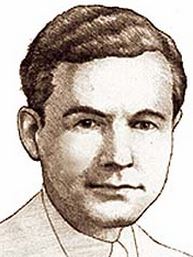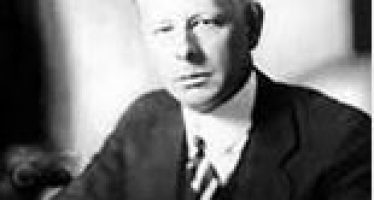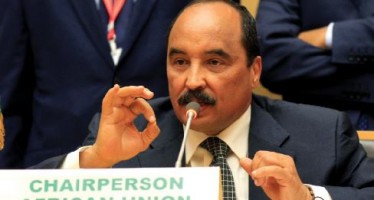Luther George Simjian: ATM Inventor Misses Out on Fame and Fortune
 Born in 1905 in Turkey when that country was still known as the Ottoman Empire, Luther George Simjian became separated from his family in the chaotic aftermath of the Great War and fled to the United States via Beirut and Marseille. He arrived in New York age 15 with a bundle of optimism and a knack for anything technical.
Born in 1905 in Turkey when that country was still known as the Ottoman Empire, Luther George Simjian became separated from his family in the chaotic aftermath of the Great War and fled to the United States via Beirut and Marseille. He arrived in New York age 15 with a bundle of optimism and a knack for anything technical.
It wasn’t long before young Mr Simjian started inventing gadgets. The self-focusing camera, the teleprompter, the flight simulator, and the ubiquitous automated teller machine which made him famous.
Few devices shaped retail banking into its present form as the ATM – aka hole in the wall – did. However, in 1939 when Mr Simjian had cobbled together his first fully functional Bankmatic few banks saw any use for the device. After much prodding, he found the City Bank of New York – the forerunner of today’s Citibank – willing to give the machine a chance.
The Bankmatic worked as advertised but the bank was not impressed and after six month pulled the plug. The machine was used almost exclusively by ladies of the night, gamblers and other assorted outsiders who preferred not to deal with human tellers face-to-face.
For Mr Simjian, his invention, though revolutionary, was not to bear any fruit. Commercial success did come eventually but in the form of the Optical Range Estimation Trainer – an early flight simulator – of which Mr Simjian sold over 2,000 to the US Army Air Corps.
After languishing in oblivion, the ATM was at long last made feasible by Scottish inventor John Shepherd-Barron who developed the first fully electronic teller machine. This device was first installed at the Barclays Bank Enfield branch in North London.
Mr Shepherd-Barron’s used special cheques impregnated with trace amounts of radioactive carbon-14 that could be matched against a personal identification number (PIN) entered on a keypad. At first this PIN number was to have six digits. The number was reduced to four after it was found that Mrs Shepherd-Barron could not readily manage to memorize a longer string of digits. She is owed a debt of immense gratitude.
You may have an interest in also reading…
Zhang Xin: The Sheer Scale of Achievement
Zhang Xin and her husband founded Soho – one of China’s most successful property businesses – a little less than
Jesse Lauriston Livermore: The Boy Plunger
Playing the stock market in order to make a bundle is not a pursuit deemed suitable for the faint of
Mohamed Ould Abdel Aziz: A Pragmatist Claiming Centre Stage
It is a long lane that has no turning. The life of Mauritanian president Mohamed Ould Abdel Aziz is marked



















































































